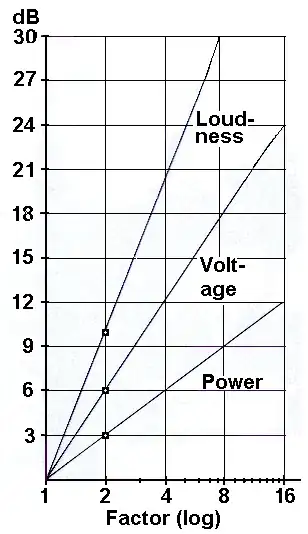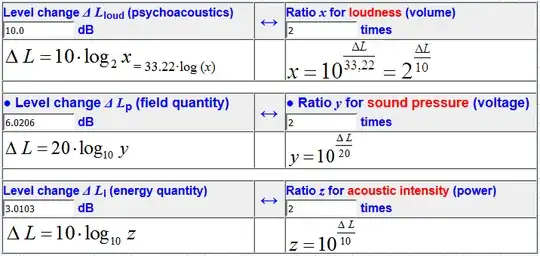As already mentioned, decibels are on a logarithmic scale:
$$L=10\log_{10}\left(\frac{I}{I_0}\right)\ \rm{dB}$$
If we do what the answer says: increase $I$ by a factor of $10$, what happens?
$$L'=10\log_{10}\left(\frac{10I}{I_0}\right)\ \rm{dB}=10\log_{10}\left(\frac{I}{I_0}\right)\ \rm{dB}+10\ \rm{dB}$$
So we see that we actually add $10\ \rm{dB}$ to the decibel rating. Whether or not this is "twice as 'loud'" is somewhat subjective, as others have pointed out as well.
If we wanted to actually double the decibels we would have
$$2L=10\times2\log_{10}\left(\frac{I}{I_0}\right)\ \rm{dB}=10\log_{10}\left(\frac{I^2/I_0}{I_0}\right)\ \rm{dB}$$
So you would want your intensity to become
$$I'=\frac{I^2}{I_0}$$ (i.e., increase by a factor of $\frac{I}{I_0}$)
Which does in fact depend on the initial intensity $I$.
So really either the question could have been written better if this information is not in the book (since it seems like it is looking for a single quantitative correct answer, when there isn't one), or the solution could have gone into what assumptions were being made to arrive at the answer of multiplying the intensity by $10$.

